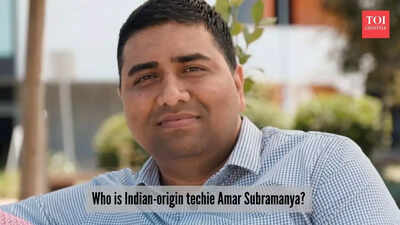Vijayawada: The State government has planned to establish semi high-speed circular suburban rail services for improving connectivity and traffic facilities in Vijayawad-Guntur-Tenali (V-G-T) area. Accordingly, an alignment connecting the important places in the vicinity has been chosen Vijayawada – Namburu – Amaravati – Guntur – Tenali – Vijayawada.
Andhra Pradesh Metro Rail Corporation Limited (APMRC) has appointed Urban Mass Transit Company Limited (UMTC) for preparation of feasibility study and a detailed project report for the suburban rail services within V-G-T area.
Vijayawada and Guntur are the major cities falling within the APCRDA (AP Capital Region Development Authority) and other surrounding growth centres including Krishna Canal, Duggirala, Tenali, Vejendla, Mangalagiri, Sattenapalli, Nuzvid, Gudivada and Gannavaram.
The present situation of the existing rail system is that, a passenger train takes 1 hour 20 minutes and an express train takes one hour travel time from Guntur to Vijayawada of 32.17 km.
The Howrah-Chennai East Coast corridor of Indian Railways is fully busy and over saturated. The branch lines have few trains and are slow in mixed traffic movement.
As such, faster passenger trains are not able to be run for the regional commuters in this area. A faster commuting semi high-speed suburban rail system is therefore required for the development of this regional hub.
The Union Ministry of Railways has conveyed in-principle approval to the project.
It is planned to be taken up under joint venture model under Suburban Rail Policy – 2017.
The semi high speed circular suburban rail covers Vijayawada, PNBS Station, Krishna Canal, Peddavadlapudi, Chiluvuru, Duggirala, Kolakaluru, Tenali, Sangam, Vejandla, Old Guntur, Guntur, Koritepadu, Hindu College Hostel, Guntur City, MG Inner Ring Road, Auto Nagar, Namburu, Kaza, Mangalagiri, Tadikonda, Peddaparimi, proposed Reservoir station.






